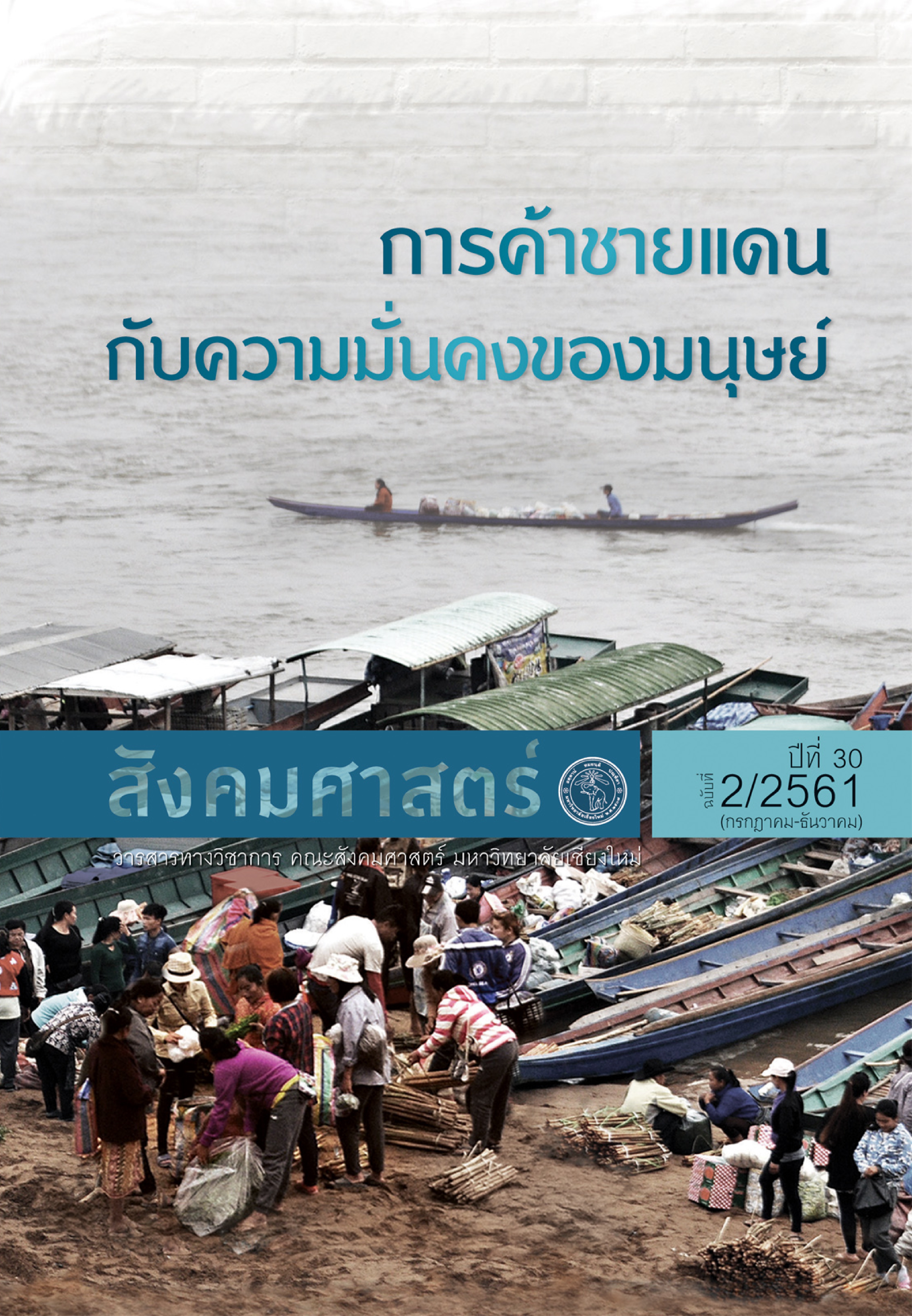ทุนของผู้ค้าชายแดน ณ จุดผ่อนปรนทางการค้าชายแดนไทย-ลาว 3 แห่งของจังหวัดเชียงราย
Main Article Content
Abstract
In Chiang Rai, Ban Jam Pong relief point of Lai Ngao subdistrict, and Ban Huai Luk relief point of Muang Yai subdistrict, both affiliated to Wiang Kaen district, along with Ban Lao-U relief point, Tap Tao subdistrict, have attained the geopolitical significance on Thailand - Laos border due to their positions at the junction of the two countries, wherein parties from both side have pursued the economic interests concertedly. The primary source of knowledge is attributed to the crossborder entrepreneurs. This study probes into trends and modes of the accumulation of capital as appropriated by the crossborder entrepreneurs, with the background being the steadfast development of the Greater Mekong Subregion and the attendant deprivation of the economic benefits from the masses. The study has arrived at the discovery of the narratives about the crossborder-trading communities, which reflects the sustained power relations between the State and the communities. Changes begotten by the determination of border lines and establishment of relief points have created the suitable environment for the diversification of professions among the villagers. In the domain of informal economy, the crossborder entrepreneurs are considered the driving agents, as they are able to appropriate “the informality” of the circumstances for their benefits, with example being the exploitation of kinship for crossborder mobility, intra-ethnic relations, and their identity as the residents of the crossborder-trading communities. The aforementioned social capital is aptly developed into symbolic and economic capital, readily available as the resources for living and for communal interests.
Article Details
All written articles published on Journal of Social Sciences is its author’s opinion which is not belonged to Faculty of Social Sciences, Chiang Mai University or is not in a responsibility of the journal’s editorial committee’s members.


